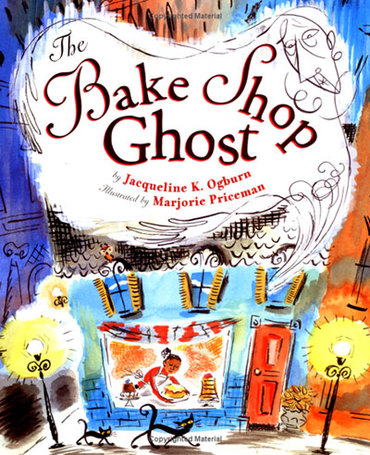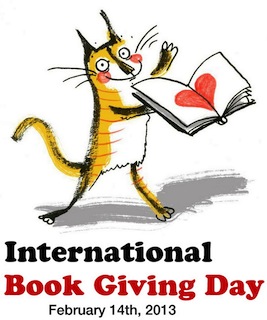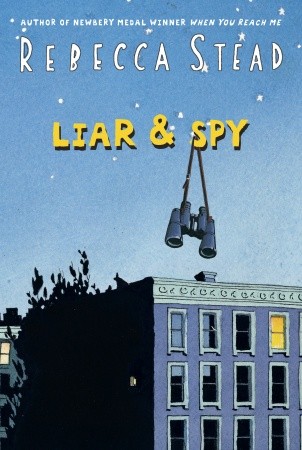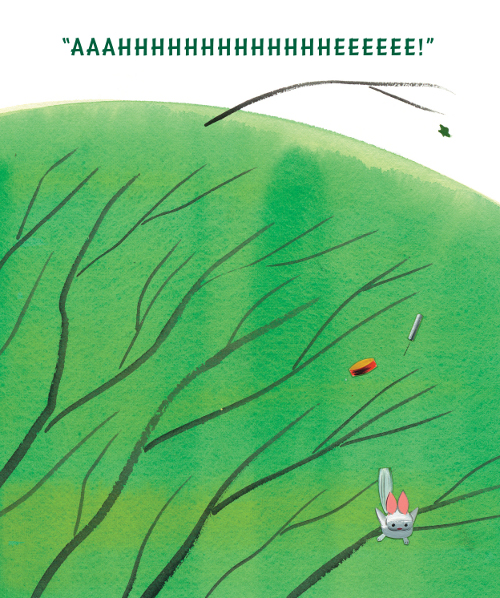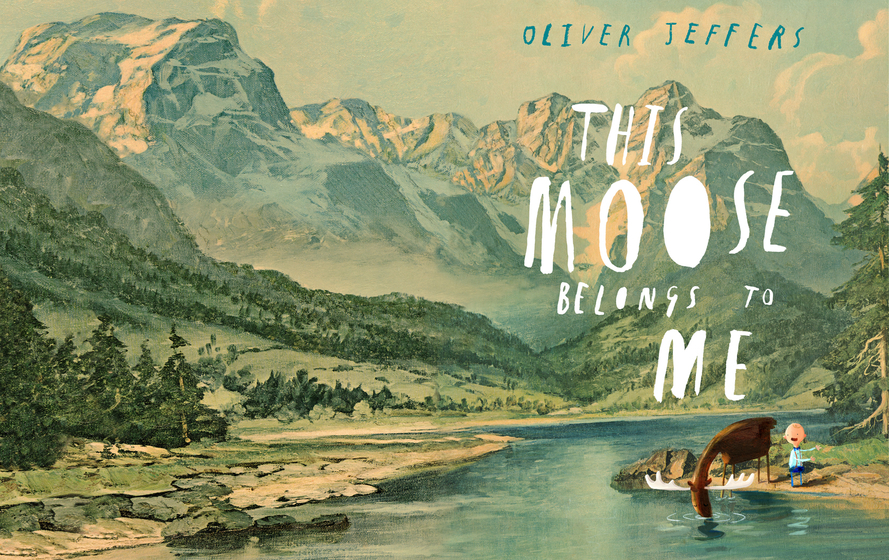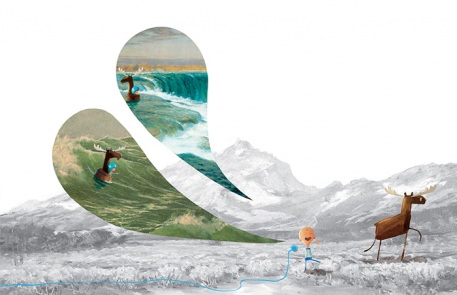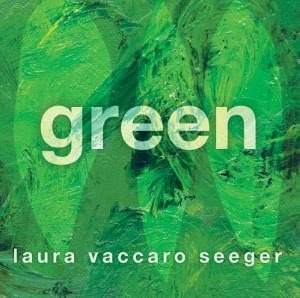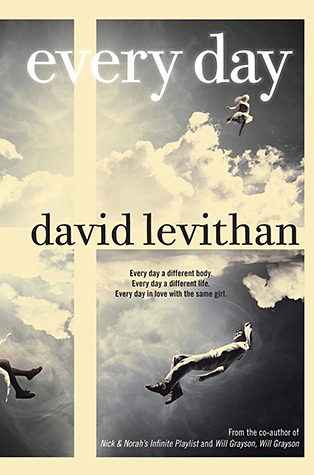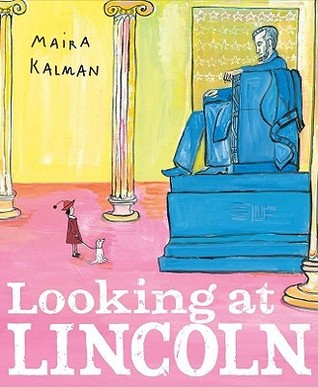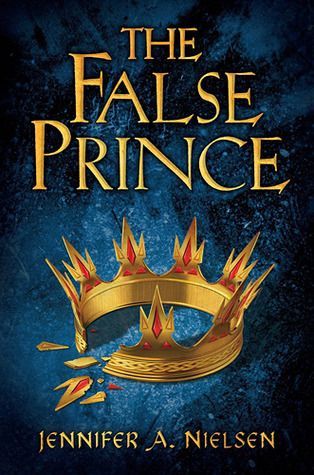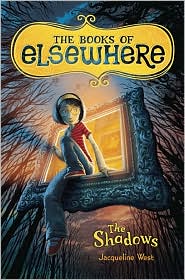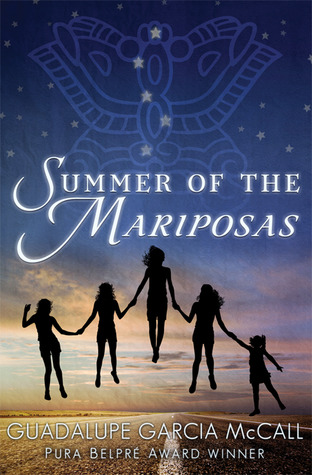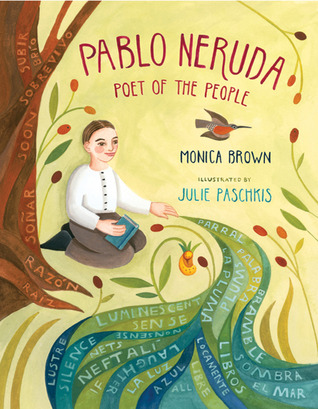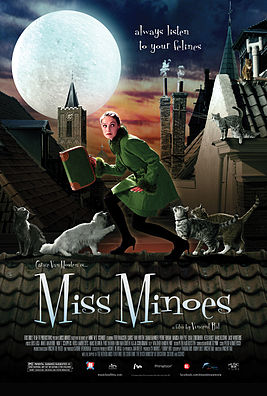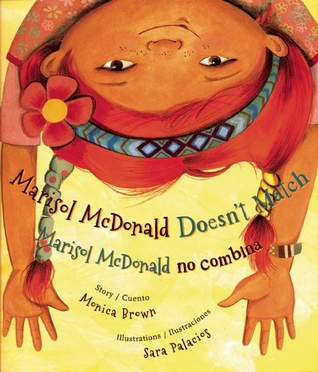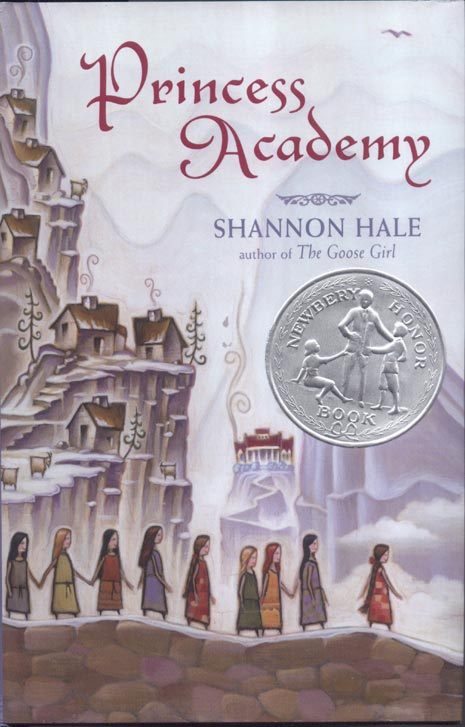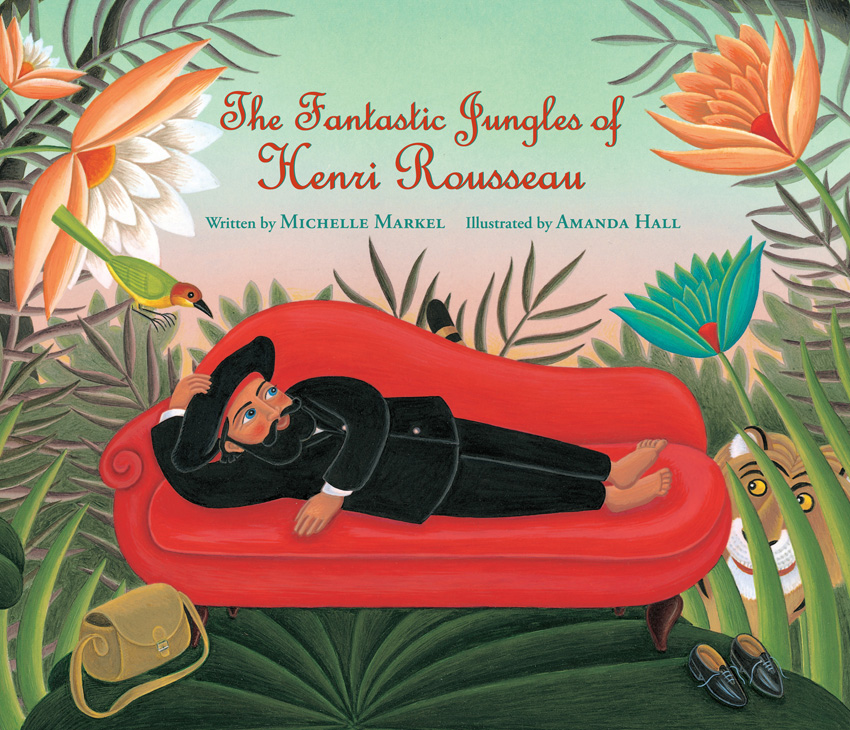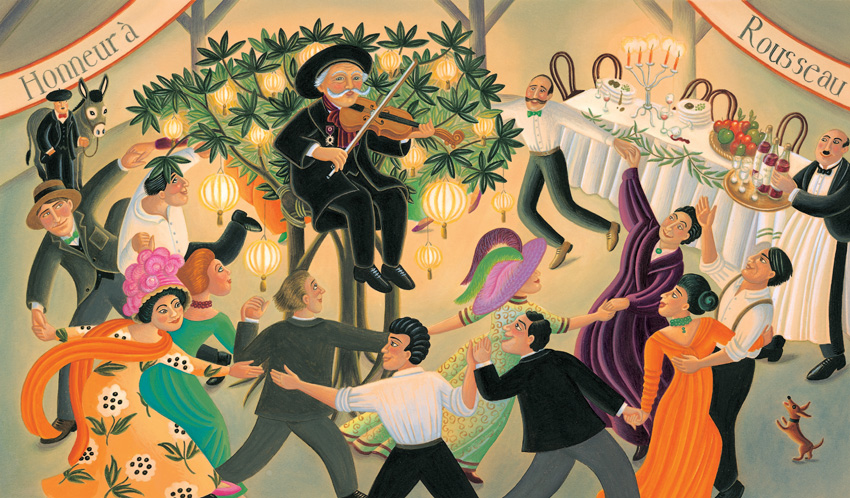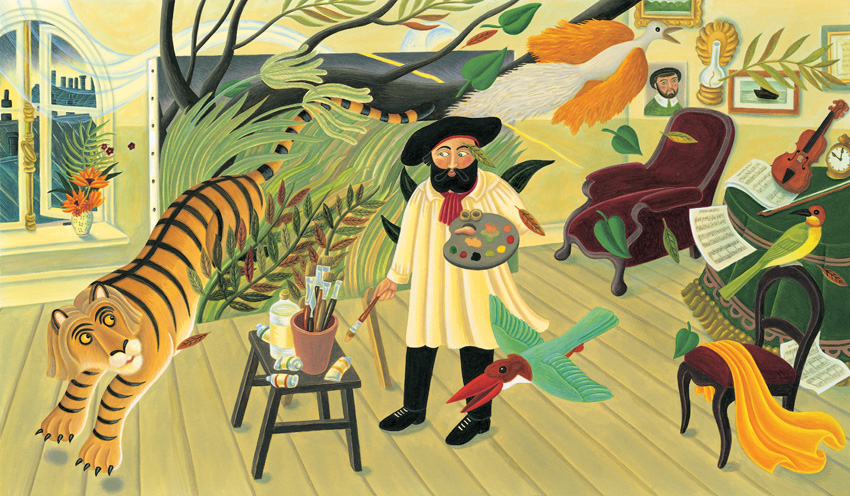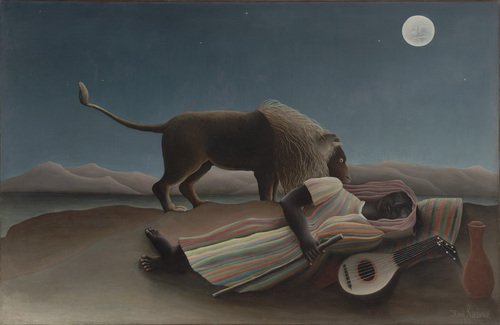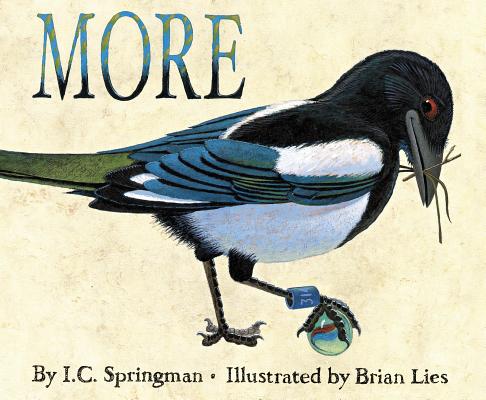 After the ALA youth media awards, including the Caldecott and the Newbery, come the Notables. This year I was particularly pleased to see More by I.C. Springman (illustrated by Brian Lies; Houghton Mifflin, 2012) make the list, mostly because I sympathize with Magpie. After Mouse offers Magpie a marble, Magpie goes on to collect a few things (a red lego brick, an Austrian schilling), then more. And more. Magpie's a hoarder! And would be right at home on my desk.
After the ALA youth media awards, including the Caldecott and the Newbery, come the Notables. This year I was particularly pleased to see More by I.C. Springman (illustrated by Brian Lies; Houghton Mifflin, 2012) make the list, mostly because I sympathize with Magpie. After Mouse offers Magpie a marble, Magpie goes on to collect a few things (a red lego brick, an Austrian schilling), then more. And more. Magpie's a hoarder! And would be right at home on my desk.
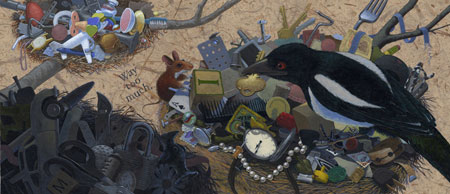
Although More is meant to be a cautionary tale, I tend to agree with Sophie Blackall, who "can’t help thinking the magpie is only going to wait until the mouse is looking the other way before he spies a shiny guitar pick and starts all over again" (NYT review of More, 5/11/2012). Don't ask me how I know. I will say, though, that we all pored over Brian Lies's illustrations, picking out familiar objects from among Magpie's collection of things. I love that Lies, magpie-like, collected many of the objects that appear in the book from (ahem) his own desk drawers. More reason to keep them.


